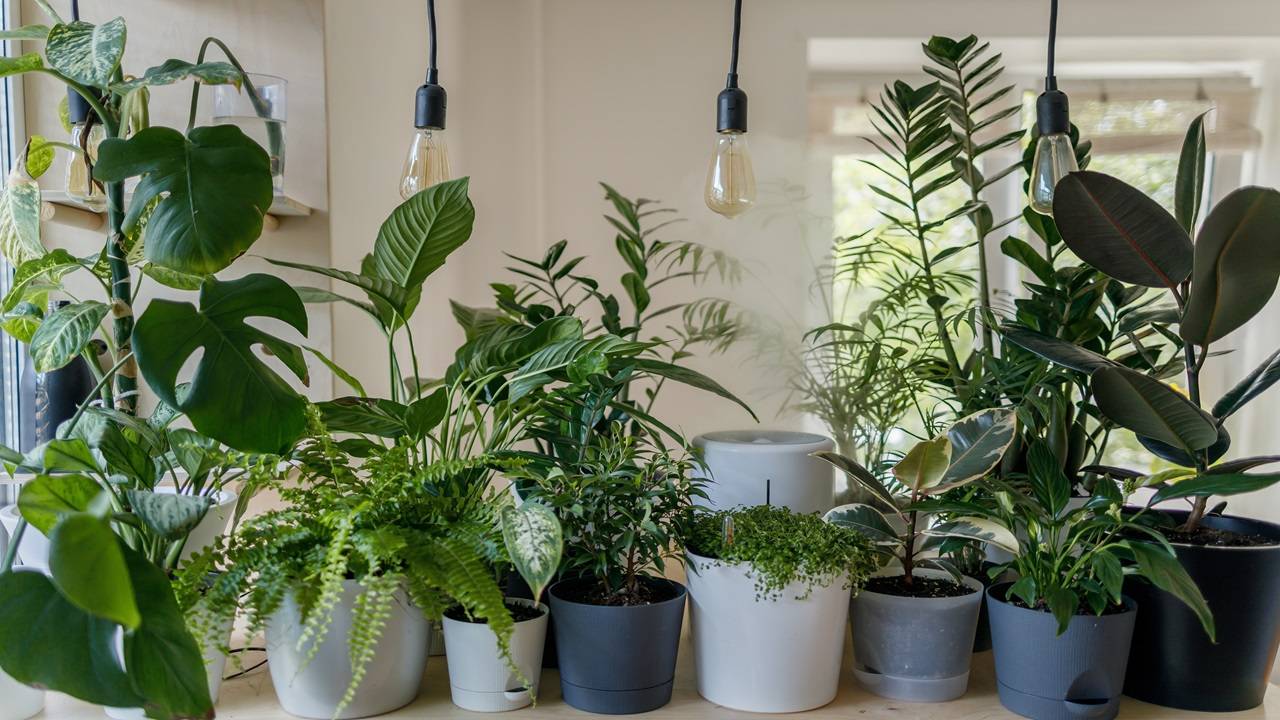
Many individuals are increasingly incorporating indoor plants into their home decor, creating a rising demand for these space-efficient and easily maintainable green companions.
Apart from enhancing the aesthetic appeal of homes, indoor plants are reported to have therapeutic benefits, such as improving focus, reducing stress, and boosting productivity.
However, as winter sets in, the changing weather conditions pose challenges for the well-being of indoor plants, necessitating extra care. Here are some essential measures to protect indoor plants during the winter months:
-
Monitor Watering- With most plants entering a dormant state during winter, their growth is affected. It's crucial to regulate the amount of water given to indoor plants during this period. Overwatering can be detrimental, potentially causing plant death. Check the moisture in the soil before watering, ensuring that it's dry before providing additional water.
-
Mulching- Applying a layer of mulch around the plants is essential in winter. Mulch helps maintain soil temperature by absorbing excess moisture and provides warmth to the plant roots. This protective layer contributes to soil fertility, and health, and inhibits weed growth.
-
Indoor Placement- Given the colder outdoor temperatures in winter, it's advisable to keep indoor plants inside the house. The indoor environment offers a more favourable temperature for their growth compared to the harsh outdoor conditions. Placing them near windows allows them to receive some sunlight, supporting their well-being.
-
Pruning- Pruning becomes a vital task during winter as the leaves of indoor plants tend to dry up. These dried leaves continue to draw energy and nutrients from the plant, potentially affecting its overall health. Carefully cutting back branches, buds, and spent flowers helps maintain the plant's vitality.
By adhering to these practices, individuals can ensure that their indoor plants thrive and remain resilient during the winter season, fostering a healthy and vibrant indoor garden.
















